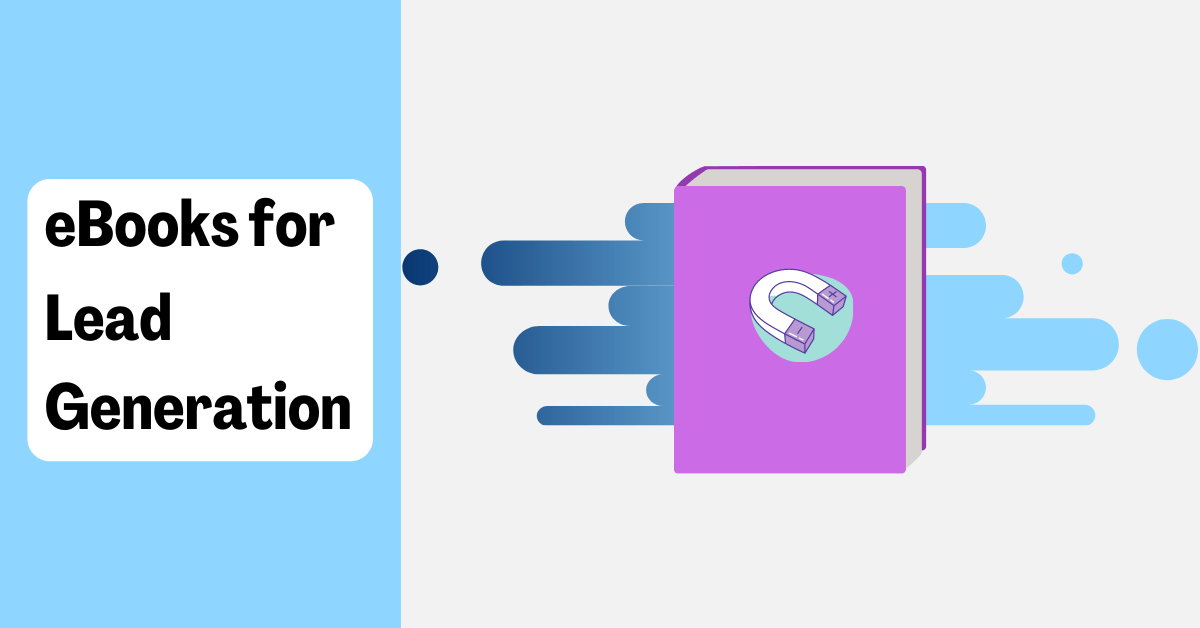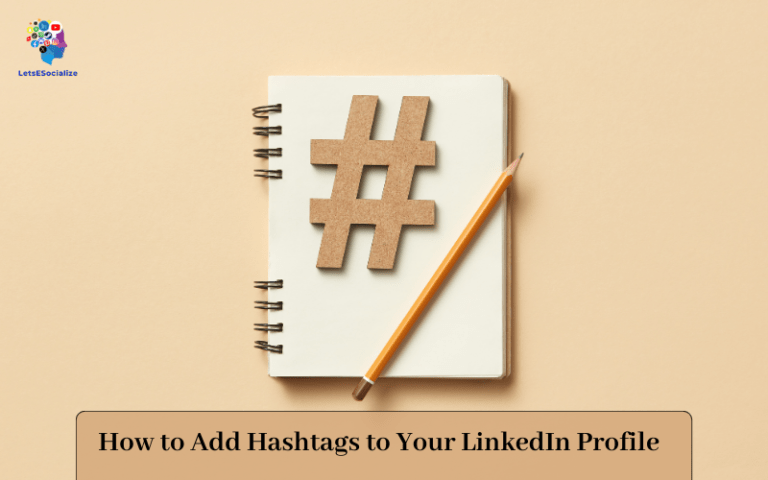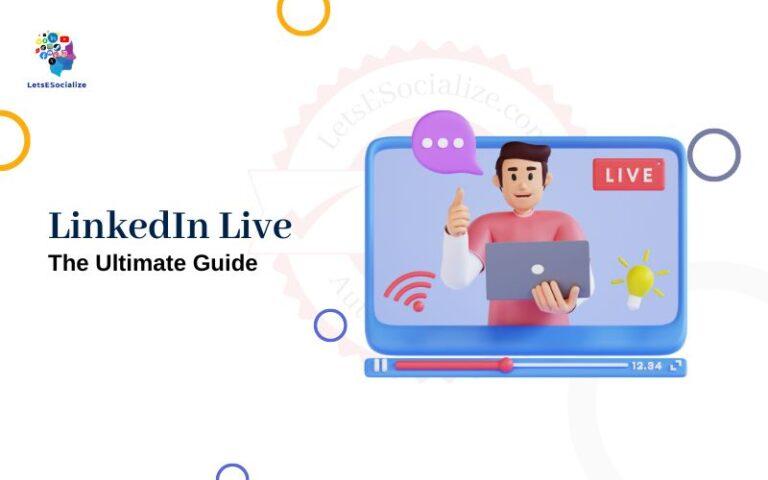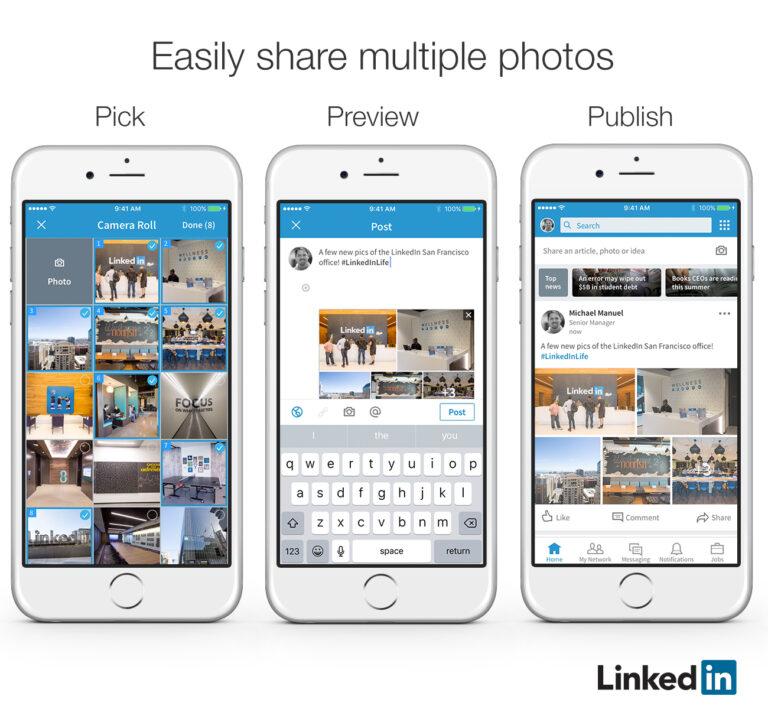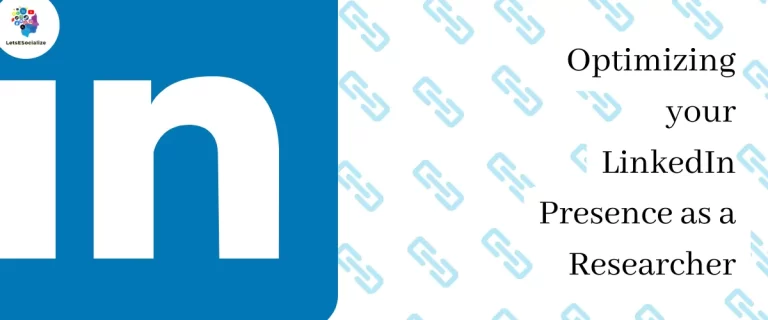Lead magnets like eBooks are highly effective tools for generating leads and driving traffic on LinkedIn. An optimized, valuable eBook can position you as an authority, capture contacts, and allow you to nurture relationships over time. This comprehensive guide will teach you how to create an awesome eBook lead magnet and distribute it effectively on LinkedIn.
Table of Contents
What is a Lead Magnet?
A lead magnet is a free content offer, like an eBook, checklist, or template that provides value to your audience in exchange for contact information like their email address. The key is to focus your eBook on solving a specific problem for your target customer. By positioning your business as the solution, your eBook serves as a soft sales pitch that nurtures leads for eventual conversion.
Benefits of eBook Lead Magnets
Here are some of the main benefits of using eBooks as lead magnets:

- Build authority and trust by sharing your knowledge
- Capture more leads by offering valuable free content
- Nurture leads through customized email campaigns
- Demonstrate expertise and promote your services
- Establish relationships with potential high-value customers
- Scalable and reusable for generating consistent leads
Also Read – how to use LinkedIn for business development
How to Create an Effective eBook Lead Magnet
Follow these steps for creating a high-converting eBook lead magnet:

Determine Topic and Goals
Start by defining the purpose of your eBook. Consider what content would provide the most value for your target customers. What problems can you help solve? What topics would best demonstrate your expertise?
Research keywords and LinkedIn Groups to identify your buyers’ biggest pain points and questions. Align your topic to position your company as a solution. Establish tangible lead generation and promotion goals so you can track ROI.
Outline Your Content
Include the following elements:
- Title – Establish credibility, spark interest
- Introduction – Describe key challenges, get attention
- Body sections – Break content into scannable sections
- Call-to-action – Motivate downloading your eBook
- Conclusion – Recap value, prompt lead capture
- Resources – Links to services, contact info
Keep sentences and paragraphs short, concise, and actionable. Use bullet points, numbered lists, images, charts, checklists, and other formatting for scannability.
Choose an eBook Format
You have several options for formatting your eBook lead magnet:
- PDF eBook – Versatile for all devices. Easy to create and share.
- Interactive eBook – Embed multimedia. Improved engagement.
- Landing Page eBook – Lead capture on the website before accessing content. Great for gated access and email nurturing.
- Blog Series eBook – Repurpose your top-performing blogs into chapters. Lower production effort.
The right format depends on your goals, resources, and ideal interaction with prospects.
Create and Promote Your eBook
Here is a step-by-step checklist for creating and launching your eBook:

This covers everything from optimization and design through lead capture integration, quality control, and promotion of your eBook asset.
Distributing Your eBook on LinkedIn
Once your eBook is created and ready, here are some best practices for distribution on LinkedIn to maximize reach and lead conversion:
Upload eBook to LinkedIn Publisher
Native publishing directly on LinkedIn allows easy access for members and enhanced visibility in search. You can monitor performance with built-in analytics.
Share Launch Posts in LinkedIn Groups
Engage your target audience by sharing posts with an eBook download link to relevant LinkedIn Groups related to your industry or topic. Include an eye-catching image and call to action.
Send Connection Requests with eBook Note
Expand your network by sending customized connection requests to your ideal customers. Reference a chapter of interest or benefit specific to them as a personalized pitch.
Promote Through LinkedIn Company Page
Leverage banners, status updates, Showcase Pages, and Spotlights on your Company Page to broadcast your eBook availability to followers. Maintain top-of-mind presence on connections’ feeds.
Advertise Via LinkedIn Sponsored Content
Allocate budget for Sponsored Content ads to ensure your eBook offer reaches your intended demographic. Drive high-quality leads through targeted distribution.
Incentivize Team to Amplify Reach
Get your sales team and employees to engage their networks by posting eBooks and incentives for the highest referral numbers. Expand distribution exponentially.
Gate eBook Content for Lead Capture
To incentivize lead conversion, limit full eBook access by putting it behind a landing page form. Offer it in exchange for work emails and contact details you can use to nurture high-intent prospects.
Reuse eBook Assets as Blog Content
Repurpose sections of your eBook by turning lessons, stats, and key takeaways into standalone blog posts. Refresh the content and maximize ROI long-term through additional traffic channels.
Keep Linking Back to eBook
On your website, blog, and LinkedIn company updates, periodically promote and link back to your eBook as a persistent lead generation source, reminding people of the value.
Also Read – Has anyone gotten a job via LinkedIn?
Refine Promotion Tactics Based on Performance
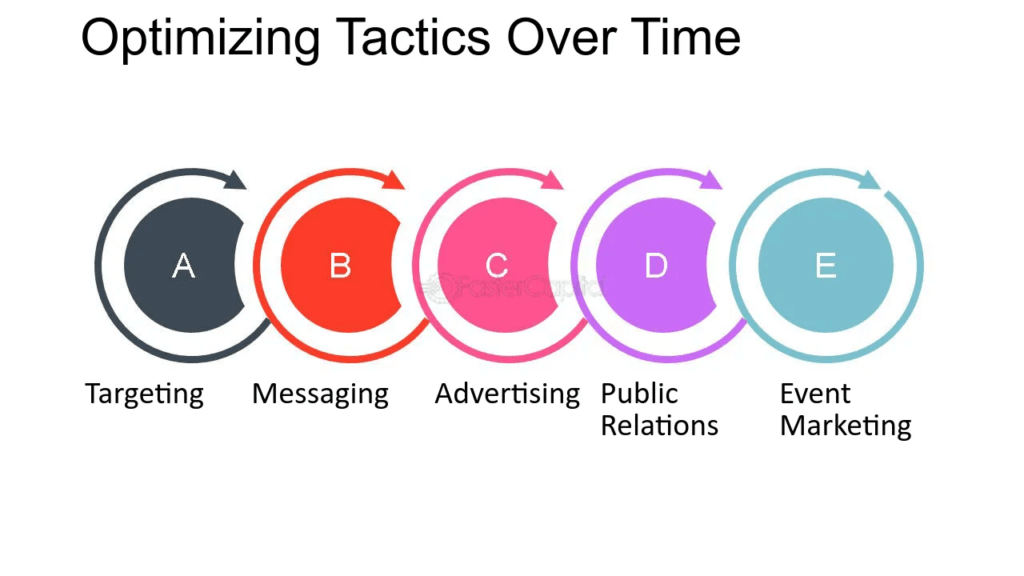
Track clicks, downloads, conversions, and pipelines influenced by your eBook. Analyze the data to determine the highest converting promotion channels and reallocate budget and effort accordingly.
Types of eBooks That Convert
While almost any useful, relevant content can generate leads as an eBook, certain formats repeatedly produce results:
- How-To Guides: Step-by-step eBooks build authority quickly by providing solutions.
- List Posts: Simple formatted list posts excel as scannable eBooks.
- Research Reports: Compelling data converts well when formatted into eBook insights.
- Case Studies: Proven success stories increase the perceived value of your services.
- Templates and Checklists: Highly practical tools attract engagement as downloadable eBooks.
- Industry Overviews: Relevant eBooks demonstrate your market expertise.
Leverage these proven eBook content types that align with your best business assets for higher lead conversion.
Optimizing Keyword Targeting in eBooks
Conduct thorough keyword research to identify the highest volume and most relevant search terms and precisely target these throughout all aspects of your eBook creation and promotion:

- Title and Headers – Primary and secondary keywords.
- Content – 2.5%+ density for primary keywords; 1-2% for secondary terms.
- Image Names/ALT Tags
- Links and URLs
- Metadata – Descriptions, author name fields.
This drives visibility in LinkedIn search algorithms as members seek related eBook content.
Promoting Your Brand with eBooks
Publishing eBooks under your name rather than company boosts personal brand authority which also benefits your business indirectly through relationship building.
Include a professional headshot and bio in your eBook and use your full name as the author’s name. Talk about your background, passion areas, and how you help clients in an authentic way through the content.
Share insight eBooks, guides, and templates under your brand across your LinkedIn profile and network. The recognition can expand your authority reach beyond your current industry or role.
Outsourcing For Easier Creation
If eBook creation feels overwhelming or time-consuming, consider outsourcing production to a freelance writer or agency skilled in optimized content creation. They can also promote the eBook for maximum exposure based on the specific tactics covered above.
The investment pays dividends through more leads over time while you focus on higher-priority business areas. Be sure to provide robust guidelines on content, structure, keywords, branding, integration, and distribution preferences.
Tracking Performance
Monitor downloads, email signups, and LinkedIn post engagement metrics related to your eBook. Study customer behavior flow and conversion funnel.
Over time, calculate Pipeline Influence to track sales that originated from eBook leads. This illuminates ROI to justify spending on current and future eBooks in your content marketing approach.
Refreshing Existing eBooks Over Time
Revisiting your eBooks by adding new content on the latest trends, updated research insights, innovative tactics, or new customer success stories makes them more compelling over time while building on your previous brand investment. Promote the refreshed eBook on LinkedIn as brand new through all key channels again for a resurgence of interest.
Also Read – How effective are LinkedIn’s job matching and Easy Apply features?
The Future of eBooks: Integrations and Interactivity
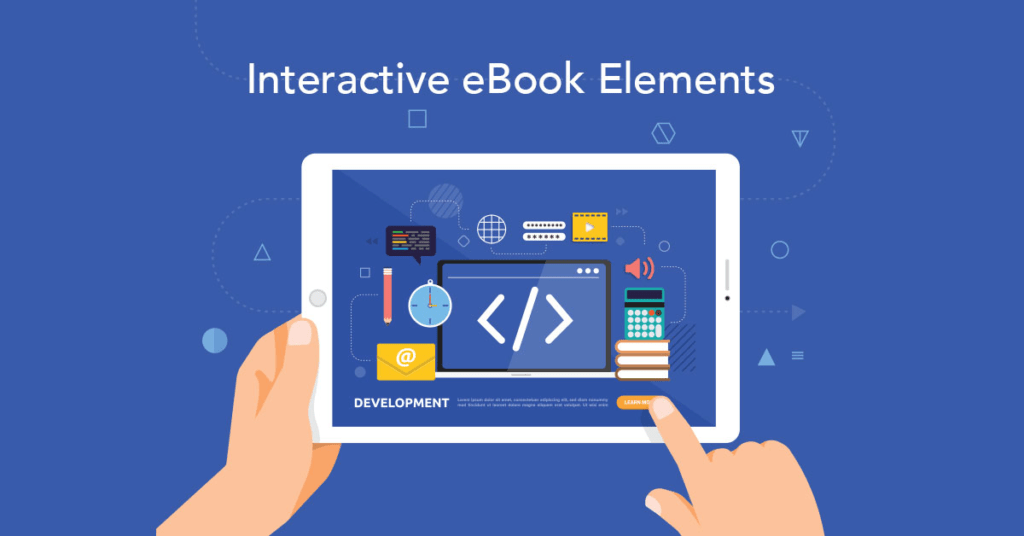
Modern eBook lead magnet innovation means seamless integration into websites, emails, and ads with gated access. Form field capture allows personalized follow-up at scale through workflows.
Interactivity also increases engagement through self-assessment questions, polls, and calculator integrations that boost perceived value based on customized results.
Multimedia eBooks combine text, images, video, and audio into immersive experiences accessed through apps and innovative formats tailored to shifting customer expectations and tech capabilities.
Conclusion and Call-to-Action
The right eBook lead magnet promoted effectively through LinkedIn provides immense value for brands by capturing high-intent leads for ongoing conversion.
As the next steps, consider an eBook area that would best showcase expertise in your company’s service areas to attract your target customers. Brainstorm the key challenges it would address and practical solutions it would provide as a catalyst for showcasing your business as an ideal partner for solving such needs.
Focus on crafting quality content around this identified gap targeting LinkedIn connections in roles, industries, and groups that closely align with such needs. Integrate email signup forms or meeting booking links into the download page to incentivize lead capture for future sales nurturing and conversion actions by your business development team.
If helpful, I’ve included some additional eBook resources below which also link to templates, guidelines, and eBook design support to streamline creation success.
I welcome any feedback or questions on the most relevant go-to-market eBook strategy for generating more qualified leads that drive revenue growth in current business priority areas. Let’s connect to explore options!

